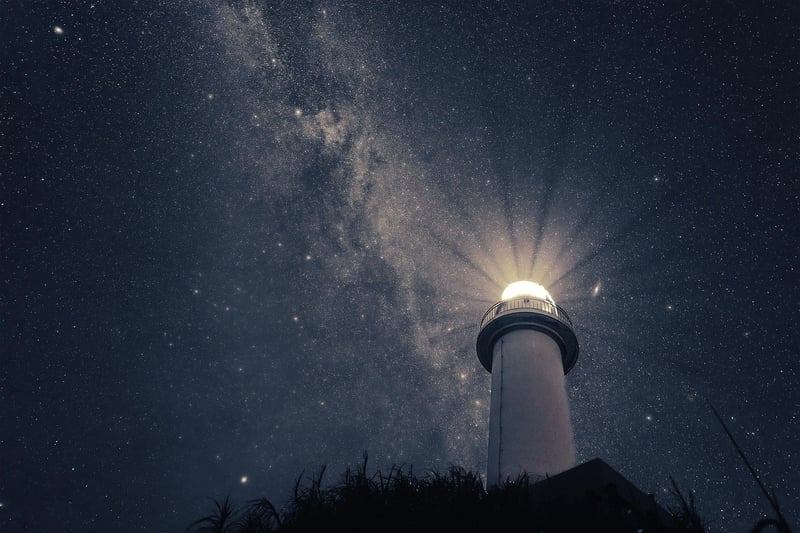Microbial Life Detection
The Hunt for Aliens: Searching for Microbial Life Beyond Earth
Are we alone in the universe? This question has intrigued scientists and enthusiasts alike for centuries. With advancements in technology and space exploration, the search for extraterrestrial life has taken on new dimensions. While the idea of little green beings is thrilling, scientists are also looking for microbial life forms that could potentially exist on other planets or moons.
What are Microbial Life Forms?
Microbial life forms are tiny organisms that are invisible to the naked eye. They include bacteria, archaea, and single-celled organisms like protists. Despite their small size, these organisms play a crucial role in various ecosystems on Earth.
Where Do We Search for Microbial Life?
Scientists are exploring various celestial bodies in our solar system and beyond to look for signs of microbial life. Some of the key targets for exploration include:
- Mars: The Red Planet has been a focal point for astrobiologists due to its similarities to Earth and the presence of water in the past.
- Europa: One of Jupiter's moons, Europa, has a subsurface ocean that could potentially harbor microbial life.
- Enceladus: Saturn's moon, Enceladus, has geysers that spew water vapor into space, hinting at a subsurface ocean that may host life.
- Exoplanets: Scientists are also studying exoplanets in other star systems to identify potentially habitable worlds.
Tools and Techniques for Detection
Identifying microbial life in extreme environments requires specialized tools and techniques. Scientists use a variety of instruments, including:
- Mass Spectrometers: These instruments can analyze the chemical composition of samples to look for organic molecules.
- PCR (Polymerase Chain Reaction): PCR is a technique used to amplify DNA samples, which can help detect microbial genetic material.
- Next-Generation Sequencing: This technology allows scientists to sequence DNA rapidly and study the genetic diversity of microbial communities.
Challenges and Future Prospects
While the search for microbial life beyond Earth is exciting, it also poses numerous challenges. The harsh conditions of space, limited sample collection capabilities, and the need for precision instruments are just a few hurdles that scientists face.
However, with ongoing missions to Mars, upcoming explorations of Europa and Enceladus, and advancements in astrobiology, the prospects of discovering microbial life beyond Earth are brighter than ever.
Stay tuned as scientists venture into the unknown in search of answers to one of humanity's most profound questions: Are we alone?

Image Source: Pixabay
